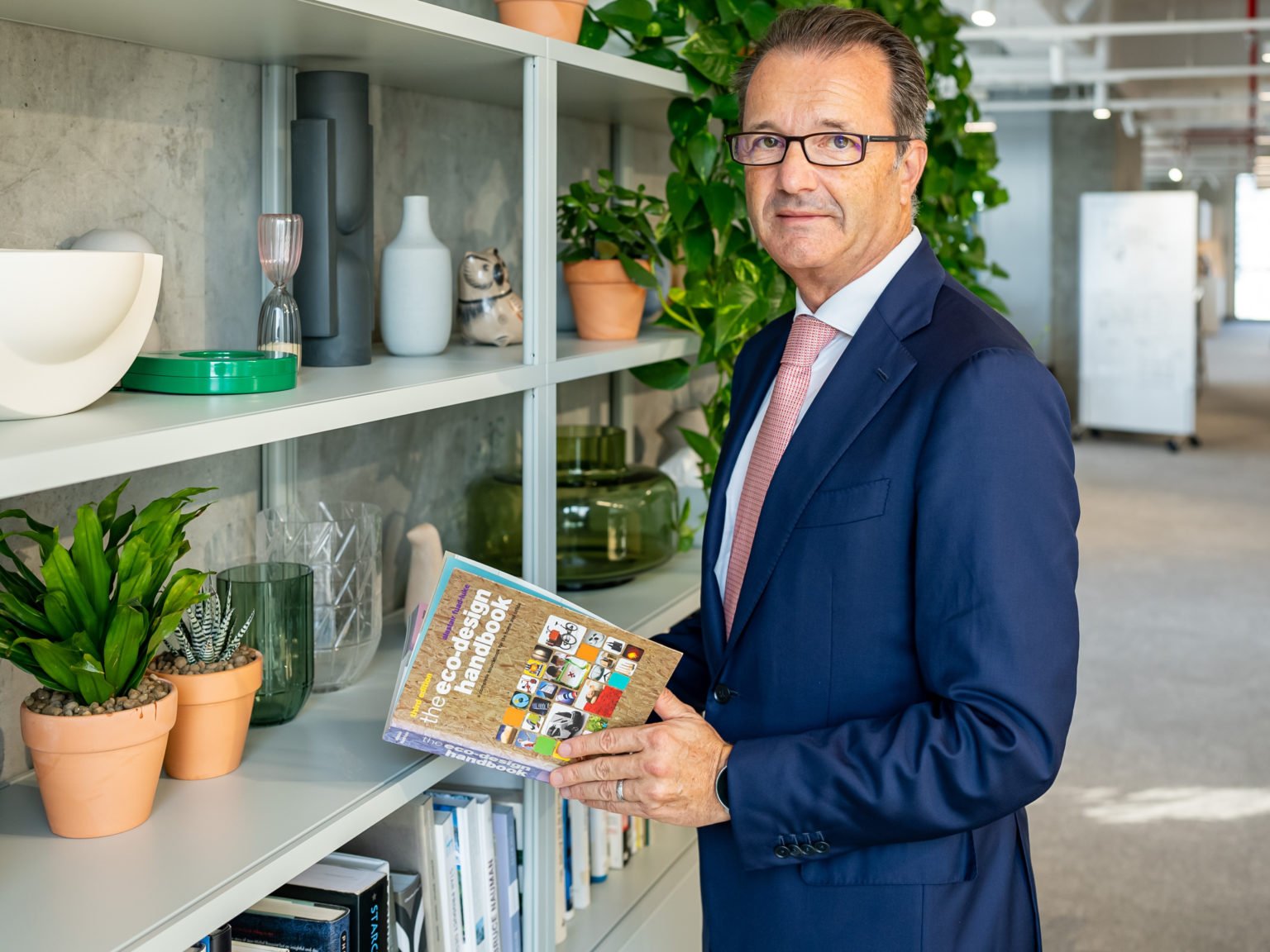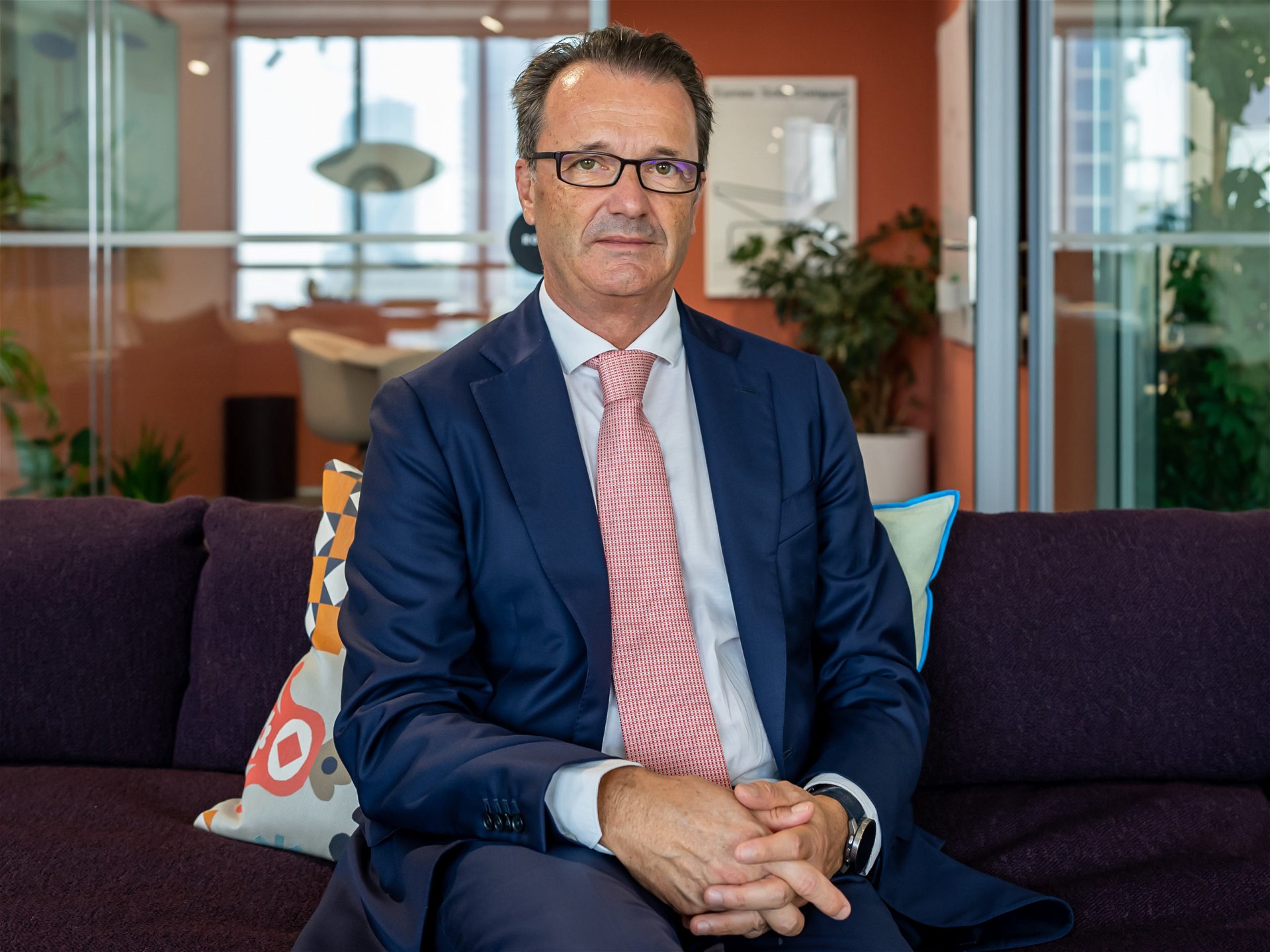MARCOS BISH
Managing Director, Summertown Interiors
If sustainability is embedded from the outset, the project will achieve environmental goals such as improving energy, water, and resource efficiency for buildings. It will also help to create an inspiring workplace that can enhance employee health and happiness in addition to delivering operational savings that increase the building’s value and decrease its utility costs.
What is a common misconception about contractors that most people have? What is your reaction or opinion of it?
One of the main misconceptions in our industry is that commercial interior contractors only do fit-outs, but they usually provide both fit-out and design and build services. Clients often do not understand the distinction – which can be challenging with regard to understanding the roles and responsibilities of the company on a project. At Summertown, we offer both fit-out and design and build services. Our design and build interior solutions reduce client communication challenges with the convenience of a single point of contact.
This leads to our next point, there are also multiple stakeholders we engage with during our project construction and daily business. Internally, this includes project teams, procurement, design, and estimation teams, and externally, the architecture and design community, our suppliers, partners, and clients. Ineffective stakeholder management can result in dissatisfaction with the final product and negative impacts on the project’s budget and schedule – so it is highly important that a solid stakeholder management plan is in place to navigate and support each party.
Another misconception is that our industry is a 9-5 job, however in reality we work in a very fast-paced industry and long hours can be required when projects need to be delivered to tight deadlines. Contracting can also be seasonal, and contractors are often one of the first to feel the headwinds in a recession, and one of the last industries to recover from difficult economic environments. Therefore, it is key to have a robust business model set in place.
Providing a safe and healthy environment on our projects is of critical importance. Therefore, our approach to Health, Safety and the Environmental (HSE) policies and procedures is derived and aligned with the UAE’s Occupational Health and Safety Management system national standard whilst also aligning with international standards – our accreditation of ISO 45001:2018 which is implemented for all our employees, sub-contractors, vendors, clients, and partners on our sites and within our office.
Being amongst one of the reputed names among interior contractors in the UAE, you understand the demand for fast-paced progress in the region. What are some methods to meet this demand?
We are always looking at ways to integrate new technology that enables us to increase productivity and be sustainably more efficient. For example, we have adopted Matterport scanning technologies that capture our project sites. This means we can offer 3D virtual tours to clients and teams without them being physically present. This helps with faster decision-making and reduces unnecessary travel to project sites. Additionally, the digitalisation of our quality management documentation enables us to increase productivity and efficiency.
Having our own in-house labour force means that we can mobilise almost immediately and be agile to meet fast-paced demand. We also ensure we recruit a highly professional team and skilled team to meet our client’s demands – this includes providing them with regular training, which enables us to provide value-quality engineering solutions and expedite procurement to reduce both time and cost.
Ensuring strong financial facilities and capabilities to fast-track procurement is also key for successful projects.
What changes do you wish to witness in the design processes of the region? Are there any practices in particular that delay or hamper schedules?
According to the World Economic Forum, buildings and construction are responsible for 40% of global emissions (including building materials and operating emissions) – which is why we wish to see more sustainable practices in design projects from the outset.
If sustainability is embedded from the outset, the project will achieve environmental goals such as improving energy, water, and resource efficiency for buildings. It will also help to create an inspiring workplace that can enhance employee health and happiness in addition to delivering operational savings that increase the building’s value and decrease its utility costs.
We also want to encourage the use of 3D/virtual concepts at the design stage – without it, we have seen first-hand how planning and decision-making can be delayed. Introducing this technology at the beginning of the construction process comes with many benefits including reducing variations and risk, assessing performance, and mitigating cost and schedule overruns.
Another change, which can be challenging to achieve, is to where possible limit variations (changes to scope and design) made by either designers or clients during the execution of a project. Large variations can have huge cost and time implications on the project.
As a contractor, what are some practices that designers and clients can adopt from their end to aid you in delivering projects on time and within budget?
For a project to be delivered on time and within budget, it is crucial that we work collaboratively and, in a solution-oriented manner with designers and clients from inception to delivery.
Streamlining design concepts (3D/virtual/metaverse) into detailed design packages is a forward thinking practice that if adopted by designers would aid contractors’ ability to deliver projects on time and within budget. Enabling clients a virtual “walk-though” and greater clarity on design prior to construction will reduce the need for design variations once procurement and construction has commenced.
Being well-established in the region, what do you think is the key to thriving in the UAE?
There is no single correct answer as each, and every contractor has its own unique value proposition and core ideology. At Summertown, our goal is to build commercial interior workspaces in an environmentally and sustainable manner while adhering to our timeless core values on which we will not compromise for financial gain or short-term expediency.
Underpinning our business values and strategy are our three ‘JOURNEY2030’ sustainability goals to deliver 100% of projects that meet external sustainability accreditations, zero waste to landfill, and improve workplace happiness and wellbeing. Importantly, our strategy is aligned with the UAE Government’s sustainable ambitions – UAE Vision 2021, Green Agenda 2030 and Happiness Charter and the Dubai 2040 Urban Master Plan.
Summertown is also a highly customer-centric company – we believe in fostering a positive customer experience at every stage of our client’s journey to build customer loyalty and satisfaction which in turn leads to referrals for more customers.
Over the decades you have worked in the region, what do you think are the top priorities of clients here? Where do you think the future of contractors in construction is headed?
Summertown will be celebrating its 25 anniversary this November – and through the years, we’ve had to adapt to the changing needs of our clients including providing sustainable interior solutions.
The top priority for most clients is the optimum mix of quality, delivery time, and value for money. For that reason, we have experienced our design and build services increase in recent years because they offer the convenience of a single point of contact for clients. We anticipate these will remain the top priorities, however, with a focus on being as sustainable as possible to achieve global, regional, and corporate sustainability and environmental goals.
Clients are also looking for contractors that offer design and build solutions, at competitive prices, using sustainable and local products, and well-known external design firms under the contractor.
Is there a region in the world you admire most for the organization and methods of construction?
The Netherlands. It is a country that has been pioneering sustainable design for decades – it is known for its creativity, sustainability, and smart city innovation. There are many inspirational Dutch design and smart city companies that are modernising architecture and infrastructure for a future-ready society – such as the office building, The Edge located in the Zuidas business district in Amsterdam.








